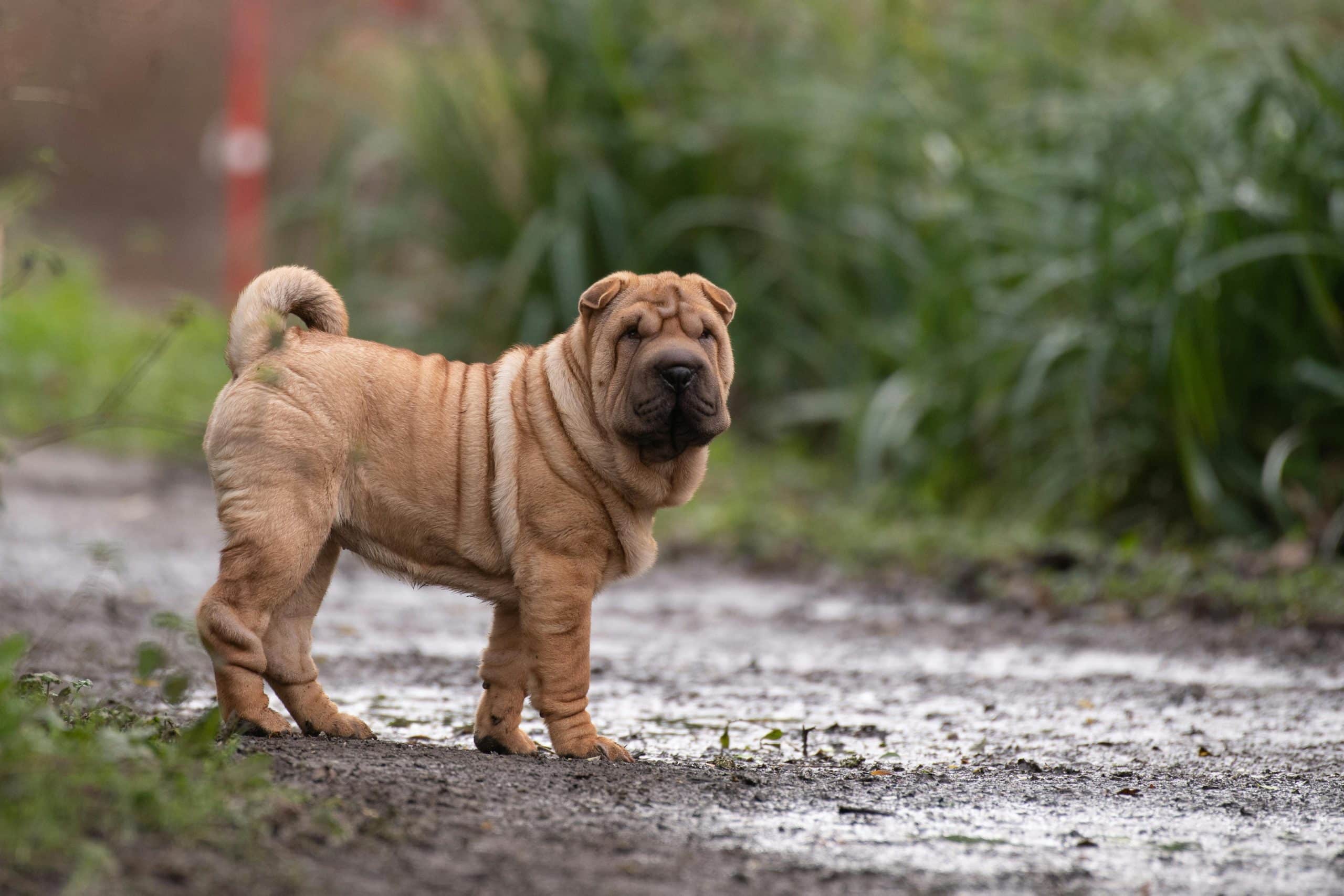What Are the Key Considerations for Building an Outdoor Habitat for Your Pet?

Often the indoor space we share with our pets may not provide them with an adequate environment to thrive and be happy. Whether you own a cat, a rabbit, or any other type of small animal, providing an outdoor setup where your pet can roam and play is an excellent idea. But before you start hammering and drilling, there are a few key aspects you will need to bear in mind. From the type of animal, the space available, access to food and water, to the complexity of the enclosure, every detail matters. In this article, we delve into these considerations and more to make sure you create a pet-friendly outdoor space that is safe, stimulating, and comfortable.
Space and Species Specifics
Firstly, it is essential to consider your pet’s species when thinking about the outdoor habitat. The needs of a rabbit differ drastically from those of a cat. For instance, cats are agile climbers and would appreciate vertical space and platforms. Simultaneously, rabbits are ground dwellers who enjoy digging and need plenty of horizontal space to hop around.
Lire également : How to Introduce an Eco-Conscious Diet to Your Pet’s Routine?
The size and layout of your outdoor space will also play a pivotal role in this. If you have a small garden, you may need to get creative with the use of vertical space. On the other hand, larger spaces can accommodate more elaborate setups.
Remember to take into account your pet’s size too. Larger animals will need more space to move around comfortably, while smaller pets may be at risk of getting trapped or lost if the enclosure is too large.
A lire en complément : How to Choose the Best Pet-Friendly Flooring for High Traffic Areas in Your Home?
Designing the Enclosure
Next, let’s talk about the enclosure itself. This is the key element that will secure your pet and keep them safe from potential dangers such as predators, harsh weather conditions, or even the potential risk of escape.
For animals such as cats and rabbits, a cage or a secure enclosure is a must. This will not only provide them with safety but also give them a sense of security. An ideal enclosure for a cat might include various platforms and climbing structures, whereas a rabbit’s enclosure should be robust enough to prevent them from digging their way out.
Keep in mind that the enclosure should have ample access points for convenient entry and exit. This will allow you to interact with your pet easily and perform routine maintenance tasks without causing unnecessary stress to your animal.
Catering for their Dietary Needs
When it comes to food and water, your pet’s outdoor habitat should have easy access to these necessities. A good rule of thumb is to have fresh water available at all times. For food, it’s best to stick to your pet’s dietary needs and feeding schedule.
For example, rabbits are grazers and will benefit from a constant supply of hay, while cats are predators and will need a diet rich in protein. If you are feeding your pet outside, ensure that the food is kept in a secure place where it won’t be contaminated.
Enrichment and Exploration
Your pet’s outdoor habitat should be more than just a place to eat and sleep. It should provide them with opportunities for mental stimulation and physical activity. Cat owners could install scratching posts and toys to encourage play and exercise. On the other hand, rabbit owners might consider tunnels and burrows for their animals to explore.
Nature can also present several opportunities for enrichment. A variety of different textures such as grass, dirt, and sand can provide an interesting and stimulating environment for your pet. However, always make sure that any natural elements in your pet’s outdoor habitat are safe and non-toxic.
Preparing for the Elements
Lastly, you need to remember that the outdoor environment presents a different set of challenges compared to the indoors. This includes varying weather conditions and temperature fluctuations.
Your pet’s outdoor habitat should offer protection from harsh weather such as rain, wind, and extreme temperature. This could involve having a sheltered part of the enclosure that is well-insulated and waterproof.
In hotter months, consider ways to provide shade and keep your pet cool. This could include installing a fan or a mister, or planting trees and shrubs for natural shade. On the other hand, during colder months, consider adding extra bedding or a heat lamp to keep your pet warm.
In conclusion, creating an outdoor habitat for your pet requires careful planning and consideration. But with the right approach, it can be a rewarding project that greatly enhances your pet’s quality of life.
Providing Optimal Care Laboratory for Your Pet
Creating a safe and comfortable outdoor environment for your pet starts with understanding their individual needs. This is particularly important when it comes to species like guinea pigs, bearded dragons, and rabbits, which have specific habitat requirements. The outdoor habitat you create should essentially be a care laboratory for your pet, providing everything they need to thrive.
For example, guinea pigs are social animals that require the company of their own kind. If you’re creating an outdoor habitat for your guinea pig, make sure you have enough space to accommodate more than one animal.
Bearded dragons, on the other hand, are cold-blooded and require heat to digest their food. Consequently, their outdoor enclosure should have a source of heat, such as a basking light.
Rabbits are digging animals, so their enclosure should either have a solid floor or buried borders to prevent escapes. Also, it’s worth noting that rabbits are most active at dawn and dusk. Therefore, your rabbit’s outdoor space should also cater to this activity pattern, perhaps with hiding places where they can retreat during the hottest parts of the day.
Hiding places are also essential for outdoor cats. These can be bushes, tunnels, or even cat houses where your cat can hide from predators or simply relax. It’s also crucial to provide outdoor access to the indoors for these free-roaming pets. This can be a cat door in a window or wall, giving your pet the freedom to come and go as they please.
In the United States, many people have domestic cats that enjoy outdoor access. However, there’s an ongoing debate about the impact of free-roaming cats on local wildlife. As a responsible pet owner, consider providing enrichment activities that don’t involve hunting, such as bird-safe toys or climbing structures.
Animal Care, Management, and National Community Guidelines
Adhering to best practices in animal care and management is a crucial aspect of creating an outdoor habitat for your pet. This means keeping up-to-date with the latest research and guidelines in pet care, both on a national and community level.
For instance, in the United States, the Humane Society provides guidelines for outdoor housing for different types of pets. These guidelines offer detailed information on enclosure design, diet, and enrichment activities, among other things. They also provide advice on how to manage common challenges associated with keeping pets outdoors, such as dealing with extreme weather or preventing escapes.
Apart from national guidelines, it’s also essential to understand any community rules or restrictions around keeping pets outdoors. This is particularly relevant for owners of community cats or owned cats who have outdoor access. Some communities may have regulations on cat curfews or restrictions on where cats can roam.
When building an outdoor habitat for your pet, make sure you’re not only providing a great environment for your pet but also being a good neighbor. Always ensure your pets are not causing a nuisance or harm to others, whether it’s by going into other people’s properties or hunting local wildlife.
Conclusion
In summary, building an outdoor habitat for your pet is a significant but rewarding task. It involves careful planning, creativity, and a deep understanding of your pet’s needs and behavior. Whether you’re providing outdoor access for your dog, creating an outdoor habitat for your bearded dragon or providing a stimulating environment for your guinea pig or rabbit, every effort you put in contributes to enhancing your pet’s quality of life. So, take the leap, follow these considerations and get started on creating that dream outdoor space your pet will love and thrive in!
